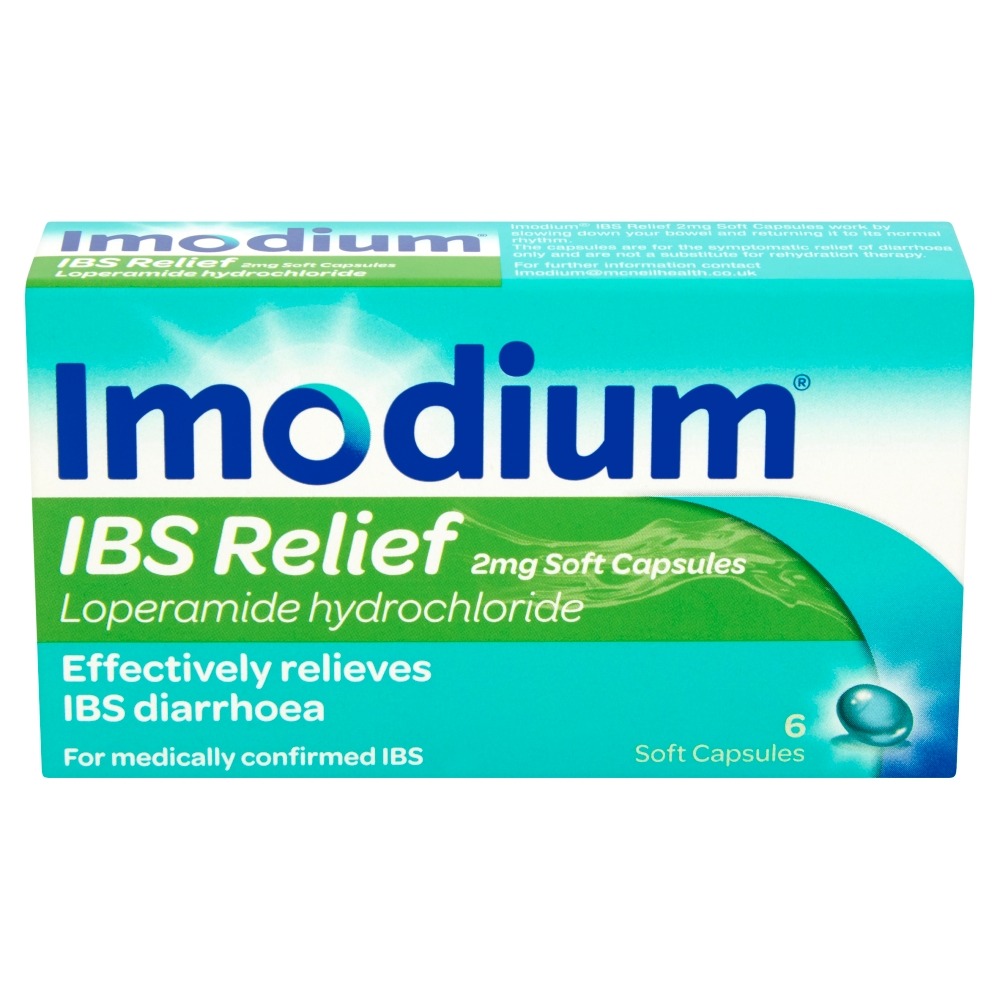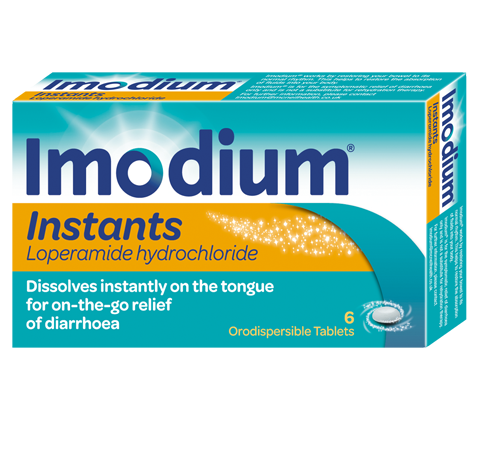
Trapped wind affects most of us from time to time. Find out what can cause trapped wind and some simple ways to help relieve it through exercise and diet.
Trapped Wind Symptoms and How To Relieve Them
Trapped wind is a common issue that can cause stomach pain and bloating, slowing you down in the process. Regular exercise as well as avoiding foods which can typically cause wind may help relieve symptoms. Exercise can reduce tension and stress, increase energy levels and enhance the way your digestive system works.
What causes trapped wind?
Lots of us suffer from trapped wind from time to time – so don’t worry, you’re not alone. It’s essentially a build-up of excess gas in your digestive system and there are a few things that can cause it.
Diet and Eating Habits and trapped wind
Some of the foods we eat can produce more trapped wind than others. Prime suspects include wholegrains and starchy carbohydrates such as potatoes and cabbage. Caffeine and fizzy drinks can also contribute to excess gas.
Our busy lifestyles can be a factor too. Eating and drinking too quickly – as well as talking while you eat – may mean you suffer more from trapped wind.
Swallowing too much air
Gulping in large amounts of air can be a trigger for trapped wind. You probably won’t even notice you’re doing it but, while we all swallow air when we’re talking or eating, we can gulp in more if we eat food too quickly, chew gum, smoke or drink fizzy drinks. If you’re stressed you may also be swallowing more air than normal.
The excess air can then get passed into the gullet and down into the stomach. The medical term for this is aerophagia.
Lactose intolerance
Lactose is the sugar found in milk, which our bodies absorb by breaking it down using an enzyme called lactase. The trouble is that many of us don’t produce enough lactase to do this successfully – meaning we’re lactose intolerant.
So instead of being digested, the lactose mixes with normal bacteria in the colon, where it ferments. This can cause symptoms such as excessive trapped wind, bloating and diarrhoea.
If you think you might be lactose intolerant you should get in touch with your GP as the symptoms can be similar to those of other conditions.
It’s a good idea to keep a diary in the days before your appointment, making a note of everything you eat and any symptoms you experience.
Your doctor may carry out some simple tests to find out if you are lactose intolerant.
Irritable bowel syndrome (IBS)
Irritable bowel syndrome – or IBS – is a common digestive condition that’s thought to affect at least around 20 per cent of people in the UK.
The exact causes of IBS aren’t known but are believed to be linked to things such as your digestive system working too quickly or too slowly, stress, oversensitive nerves in your gut and a family history of the condition.
IBS can cause trapped wind and bloating, as well as constipation or diarrhoea. It’s also common to experience stomach pain or cramps that may move from one area to another.
Again, if you think you may be suffering from irritable bowel syndrome you should contact your GP as it could be a sign of a more serious problem. They may check for IBS and do other tests to rule out other potential problems.
What does trapped wind feel like?
There are a few symptoms of trapped wind, which most of us experience every now and then and are usually nothing to worry about.
Trapped wind symptoms can include the following:
- Burping more than usual
- Passing a lot of wind from your bottom
- Stomach pains
- Bloated tummy
As we’ve already explained, if you’re experiencing more trapped wind than usual then it could be down to a number of things – including your diet, eating habits and stress levels.
However, persistent trapped wind could be a sign of something more serious. If it continues to be a problem or keeps coming back, consult your doctor.
How to help get rid of trapped wind
Trapped wind pain can be a nuisance but there are plenty of things you can try to help get rid of it.
Changing your diet
Cutting ‘windy’ foods and fizzy drinks from your diet could help ease trapped wind in your body . For example, beans, cabbage and onions can all contribute to trapped wind so it might be worth looking to cut back on these . You should still make sure you aim to eat a healthy diet.
Changing the way you eat
Eating more slowly and opting for smaller, more regular meals can help reduce trapped wind. Try to chew each mouthful sufficiently and keep your mouth closed to avoid taking in more air.
If you often slouch or talk while you eat, this can also be a cause of excess wind. Try to get into the habit of always sitting upright at mealtimes or when you’re having a snack – and save that all-important chat for when you’ve finished.
Massaging your tummy
Our mums were on to something when they told us to rub our tummies if we had a stomach ache. Although it won’t prevent it in the long-term, massaging your tummy can be a good way to help relieve trapped wind pain.
Move your hand from right to left across your tummy while applying gentle but firm pressure.
Exercising to help get rid of trapped wind
As well as being great for our general health, exercising regularly can also give our digestive system a boost and relieve trapped wind. This is partly because you’re in an upright position, rather than lying flat, which means gas can move more easily around the body.
Regular exercise can also be a great stress reliever – this may mean you’re less likely to swallow larger amounts of air which can cause trapped wind.
The NHS recommend that in order to stay healthy, adults should aim to do some type of exercise every day. Adults aged 19-64 should aim to do either at least 150 minutes of moderate aerobic activity (cycling or fast walking) or 75 minutes of rigorous aerobic activity (running or high intensity sports such as football and netball) per week. Strength exercises should also be completed at least 2 days a week.
You can incorporate a mix of moderate and vigorous activity each week as well as strength exercises. Try walking, swimming, jogging or cycling or perhaps choose an exercise class.
If that sounds too daunting, don’t be disheartened. You could try to incorporate other smaller activities into your daily routine:
- Take the stairs instead of the lift or escalator
- Walk instead of taking the bus
- Get off the bus one or two stops early and walk the rest of the way
- Park your car further away from where you need to be and walk
- Walk the long way to work, perhaps taking in a park
- Borrow the neighbour’s dog and take it for a walk
Be aware that some forms of high-impact exercise, like running, can exacerbate diarrhoea in some people. If this means you, try doing something a bit gentler like yoga or pilates.
With their emphasis on calmness, meditation, deep breathing and stretching, they can be great for relieving stress.
Exercises for trapped wind relief
If you’re wondering how to relieve trapped wind, then it might be worth trying out the Wind-Relieving Pose.
This yoga pose – which is also known as Pawanmuktasana in Sanskrit – massages your abdominal wall to help relieve bloating and release trapped wind.

- Lie flat on your back with your knees pointing upwards

- Slowly extend your right leg so that the sole of your foot is facing the sky or ceiling

- Interlace your fingers and catch your right knee as you bend your leg back down

- Pull your right knee up towards your chest and hold it there for several deep breaths
- Slide your left heel along the ground as you extend your left leg
- Continue to squeeze your right knee up towards your chest
- Press your knee to your chest as you breathe out and lower it slightly as you breathe in

- You can also try bringing your forehead toward your knee without straining
- Release the pose and straighten both legs along the ground
- Repeat the process for your left leg

- You can also try this pose by pulling both knees toward your chest at the same time.
Another stretch great for trapped wind relief is the Happy Baby Pose, or Ananda Balasana.

- Lie flat on your back and slowly bring your knees toward your chest

- Stretch out your arms and hold the outside of your feet.

- Gently widen your legs to open your hips, lifting your legs out and up as your pull your feet toward you
- Your head and upper half of your body should stay flat to the floor
- Hold the pose for between 30 seconds and a minute before releasing
How long does trapped wind last?
Most of us suffer from trapped wind every now and then – and it’s usually nothing to worry about.
You may feel some discomfort, but trapped wind will usually pass on its own.
You can try IMODIUM® Dual Action to treat short-lived instances of diarrhoea and relieve any embarrassing wind that may be related. If you are concerned or have prolonged or severe symptoms you should consult a doctor.
IMODIUM® Dual Action Tablets not only helps stop diarrhoea, but also soothe painful cramps, bloating and wind.
Where to buy IMODIUM®
It’s easy to find IMODIUM® in supermarkets, chemists and many other shops. You don't need a prescription, so you can buy it over the counter as well as online.





